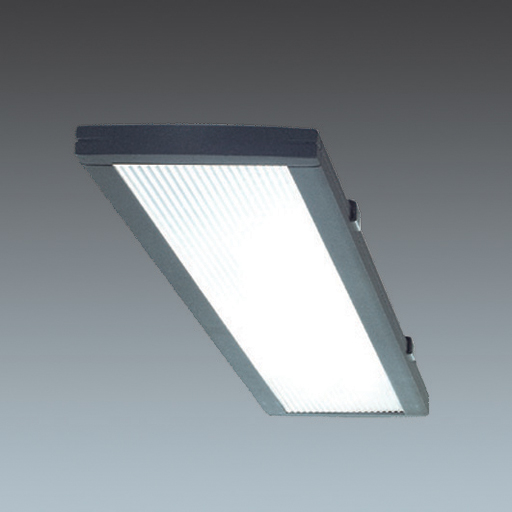Hi there. Can anyone tell me what the current situation is regarding the regulations and installation of downlighters etc? We are having to think about lighting now and we seem to want to install them in all the rooms, although I have reservations about it re cost and also noise. Do we have to install fire safe/enclose ones if there are rooms above? What is the best way to go, low voltage or mains? If I remember correctly the low voltage ones are slightly brighter?
Also if anyone knows of an alternative I should be thinking about please let me know, strikes me that where a room could be lit with a single 100W bulb you might need 300-350W of downlighters!
Many thanks for any input, now off to the wholesalers for some brochures....
Also if anyone knows of an alternative I should be thinking about please let me know, strikes me that where a room could be lit with a single 100W bulb you might need 300-350W of downlighters!
Many thanks for any input, now off to the wholesalers for some brochures....


